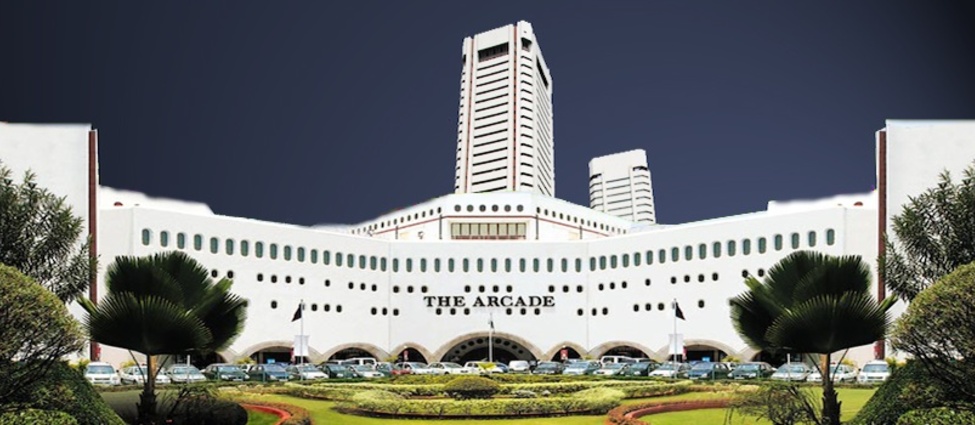

News

India can lead the world in green hydrogen
Green hydrogen can be a potential solution to attain energy security and help domestic export industry comply with the environment protection regulation of European Union, say experts.
“Waste-to-energy is the way for India to transition to a clean and green future, not only from the environment point of view but also from the energy security perspective. Municipal waste can be used to extract green hydrogen which can power automobiles and produce eco-friendly goods such as green steel. In the European Union, green steel manufacturing is competitive only in Spain as steel industries in Germany, Sweden and France use conventional manufacturing method,” said Mr. Jan Grimbrandt, CEO-Boson Energy at a Seminar on ‘Creating Low carbon Footprints and Green Energy Ecosystem with renewable Hydrogen’ organized by WTC Mumbai and All India Association of Industries, jointly with Engineering Export Promotion Council (EEPC) and Indian Business Chamber of Luxembourg (IBCL).
Mr. Grimbrandt further explained, “I have come to India to explore partnership with government and private sector in harnessing green hydrogen from waste. Municipal waste carries huge amount of hydrogen and carbon, which can be extracted to produce electricity and support green steel, fertilizer and plastics manufacturing. One Kilogram of hydrogen has potential to generate 20 kw of electricity, which is equivalent to 5 liters of diesel. Hydrogen and carbon can be combined to produce chemicals such as ammonia, which is used in fertilizer and methanol, which is used in plastic industry.”
Dr. Vijay Kalantri, Chairman, World Trade Center Mumbai and President, All India Association of Industries (AIAI) stressed, “Green Hydrogen will have USD 19 billion market in India by 2030 as per McKinsey report. Indian government has announced Green Hydrogen Mission earlier this year and allocated INR 19,744 crore under this mission. Government may support entrepreneurs by addressing land acquisition hurdles, offering incentives on taxes, stamp duty and easing other regulations for setting up waste-to-energy plants.” He also pointed out that effective implementation of this mission will help India reduce energy import bill by as much as Rs. 1 trillion.
Further, Dr. Kalantri called for a policy to facilitate sustainable finance to support green energy projects. He said, “Already, many countries are taking lead in policies to promote sustainable energy and sustainable finance. India should also maintain its policy leadership by facilitating sustainable finance for clean energy transition.”
Ms. Rupa Naik, Executive Director, World Trade Center Mumbai suggested, “Trade and industry should create awareness through public events and social media campaigns on the benefits of adopting green hydrogen for a clean and sustainable future.”
In his remarks, Mr. Anoop Marwaha, Regional Chairman (WR), EEPC India said that the Engineering sector stands to benefit from green hydrogen as it can help our exporters to comply with low carbon manufacturing regulation of the European Union.”
Dr. Rajat Srivastava, Director & Regional Director (WR), EEPC India informed, “In India, 2.5 tonne of CO2 is emitted while producing one tonne of liquid steel. The introduction of Carbon Boarder Adjustment Mechanism (CBAM) by the European Union will affect more than USD 6.1 billion worth of Indian iron & steel exports to the European Union. The government and industry have together set up 12 task forces to work out the definition of green steel and certification process to meet the compliance requirement under the CBAM process.”
The seminar was moderated by Mr. Aditya Sharma, President, Indian Business Chamber of Luxembourg (IBCL)
(From left to right): Ms. Rupa Naik, Executive Director, WTC Mumbai; Mr. Aditya Sharma, President, Indian Business Chamber of Luxembourg (IBCL); Dr. Vijay Kalantri, Chairman WTC Mumbai; Mr. Jan Grimbrandt, CEO-Boson Energy and Dr. Rajat Srivastava, Regional Director (WR), EEPC India.